
Is Your Safe Space Actually Safe?
Zorro the red eared slider’s former tank in front of the window. When we first adopted Oso, we knew we were bringing home a dog

Zorro the red eared slider’s former tank in front of the window. When we first adopted Oso, we knew we were bringing home a dog
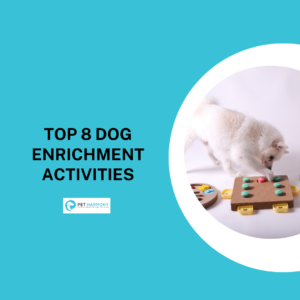
We get asked all the time what our favorite dog enrichment activities are. We did write the book on it, after all! And, as always,
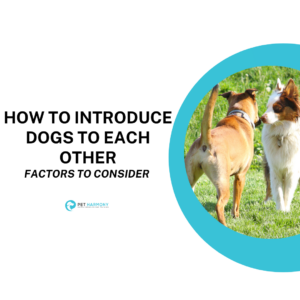
I recently saw a client who is planning to introduce a new puppy to the household. How exciting! We’ve been working together for a while
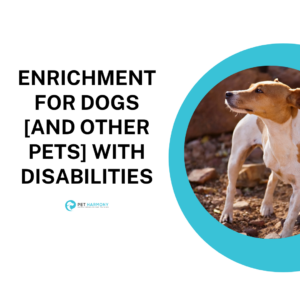
We had a great question come through our Instagram DMs asking about enrichment activities for a dog with disabilities, only to realize that we didn’t
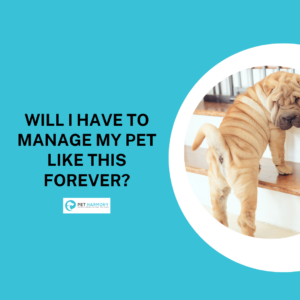
I talk about management a lot. It’s one of the quickest ways to prevent unwanted behaviors and keep everyone safe. But one of the concerns
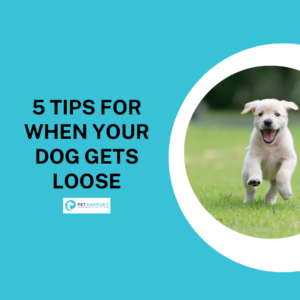
The other day I let Oso outside in our fenced-in backyard. A little while later, my partner opened the gate to take the garbage cans

We focus a lot on dogs in our content, but we love working with ALL pet species. And, most of what we say for dogs,

Human behavior can sometimes be funny. Often I find myself doing something and think to myself, “Why does this seem like a good idea?” or,
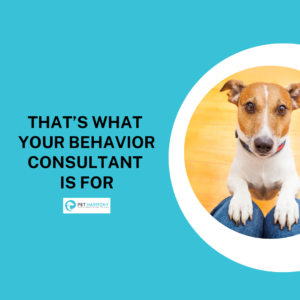
I’ve worked with a lot of different professionals in both my personal and professional life. Until recently, I thought that I needed to know what

My short, tongue-in-cheek answer to the question, “Why does my dog bark so much?” is that they’re a dog and that’s one of the ways

$35 off a
4-session bundle
$65 off an
8-session bundle
Use code DOGDAYS2025 at checkout
